Advisory Sessions: Practicing Empathy in a Customer-Centered Design Team
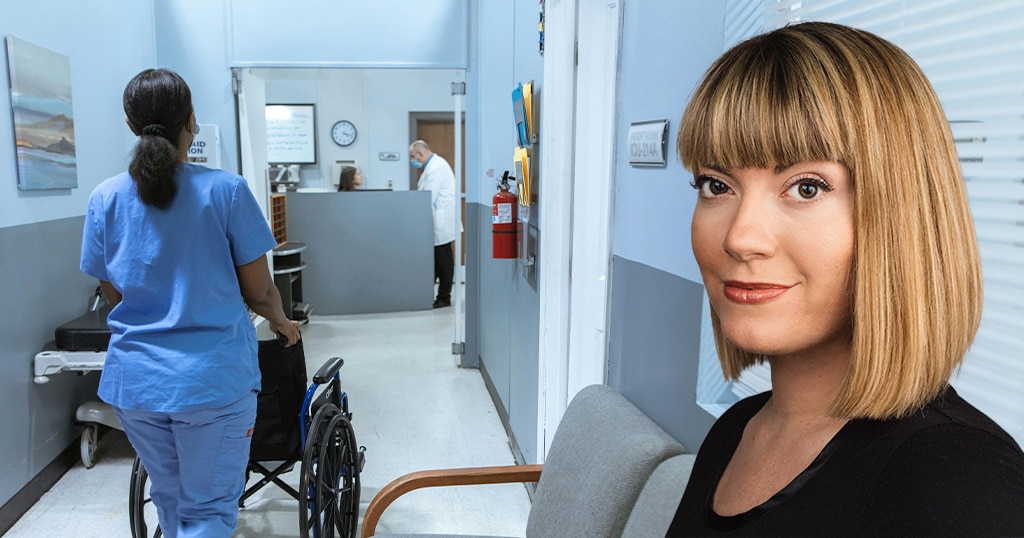
In this interview, she provides fascinating insights on how remote work has changed what employers are looking for, and why empathy and teamwork are essential for creating customer-centered designs.
Q: What type(s) of companies are hiring individuals in your industry?
In the UX/UI space, there is a lot of consolidation. Before COVID, large companies were largely outsourcing. Now, everything is coming back in-house as big old businesses who were less affected by the pandemic are finally catching up with “UX Design” and “Customer Centered Design.”
Big companies are buying smaller design teams to create an in-house team by “buying” a team, rather than creating it.
Q: What does a “customer-centered design team” look like? What are the roles and skills in these teams?
In an industry like mine, where products, systems, and interfaces are delivered to hundreds of thousands of customers in medical settings, a UX Design team might consist of UX designers, industrial designers, app designers, content strategists, UX researchers, and a human factors team testing what people would do with the product. There are also product managers, who are not really in the design team.
Q: What advice do you have for a job applicant regarding the job search and interview process? How can they stand out from the crowd?
With so much remote work happening, you have to be even better about connecting with people and being a good communicator. Good communication skills, and the ability to work through a problem to a solution with multiple stakeholders, is the most important thing we look for right now.
Post-pandemic, most or all interviews are conducted using video conferencing (Zoom or Teams). Applicants need to be ready for that.
It’s important to realize that working remote is challenging for communication, for everyone in a company. Remote meetings can make it hard to manage teams; without seeing seeing your face, and body language, it can be hard to get people to contribute.
To be a valuable team member in a remote environment, people need to be able to pay attention, participate, pick up on cues, be comfortable reaching out for help, and accept feedback. If you are looking for a job, you need to understand the importance of contributing in a meeting. We need to read the room, even when the room’s not a room!
Q: What software or technical skills should an employee be fluent in for your industry? What design skills are key?
Employers are looking for designers with skills in Figma, Adobe Illustrator, Canva, and Adobe Photoshop for photo editing. Illustrator is a very important program to know. Someone might want a custom icon or graphic of some sort, so must know how to use it. Canva is a common, accessible tool. You may end up being the team’s marketing person, so you need to flow with their demands.
From a design standpoint, the foundations are critical thinking, color theory, layout, graphic design, written and oral communication, empathy, and an understanding of accessibility.
Q: Are attitudes and behaviors important in a team environment?
Absolutely. A good team member exhibits curiosity and desire to learn new things. They ask good questions. They have an empathetic view of the world and the ability to fail gracefully when things don’t fall as planned.
One interview technique I’ve seen recently is based on alignment with a company’s values. A company will give an interviewee a sheet with questions that are organized by the company’s core values. The questions are designed to see if the person meets the criteria. So in that context, having the “right” attitudes and behaviors is essential.
Q: What types of creative projects should a job applicant in your industry have experience in producing? What should a portfolio look like?
An applicant should have experience in logo design, social media campaigns, merchandise, user personas, user flows, app design, and Web design.
A portfolio should have 3-5 pieces of work, including app/web designs that demonstrate user-centric thinking, process and problem solving as well as a polished end result. Don’t include anything that is not your best work as everything is judged.
Just as important is what the portfolio says about the creator. Generally, do they have the core skills that they need? Do they have good visual design sense? Contrast, spacing, type, layout? You can tell when they don’t have the design sense. People who have strong design skills can build things from scratch and are not reliant on working in a template.
Q: Are professionals in your industry using AI tools?
Chat GPT is used a lot for brainstorming. In a regulated industry like healthcare, AI is making slow incursions because the workplace is more regulated. We use AI for data analysis/modeling, not to replace creativity or people. Nothing can replace human empathy.
Q: What advice do you have for an employee starting a new job? Please share any “lessons learned.”
Try to commit to at least two years at a full time position for your job history. Job hunt while you have a job already, as an employed designer is easier to hire. If you don’t have a design community at your workplace, seek one out elsewhere. Learn to make design objective and not subjective by using data.
The first six months in any job can be kind of hard; you need to maintain your desire to learn. As a designer, you may be the only person on your team. You have to be able to continuously learn and be curious. Stand for the user. Move past boredom, and continue being inspired.
It helps if you can embrace diversity, accessibility, and the pleasure of working with other people. Ultimately, you’re doing this (UX design) for other people. The nature of UX requires someone to be able to empathize with the user.
To learn more about the industry pros that make up the Sessions College Advisory Board, visit the Advisory Board page.
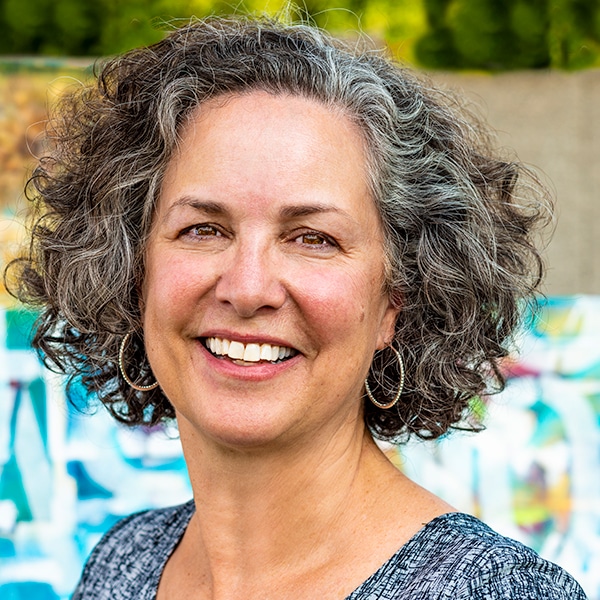
Dr. Epstein is the Dean of Academic Affairs at Sessions College. A former Dean at the Art Institute of Phoenix, Meryl has extensive experience in design, education, and leading academic teams. Meryl has designed museums and was the recipient of the first Arizona AIGA fellow award. Read more articles by Meryl.
RECENTLY ON CAMPUS























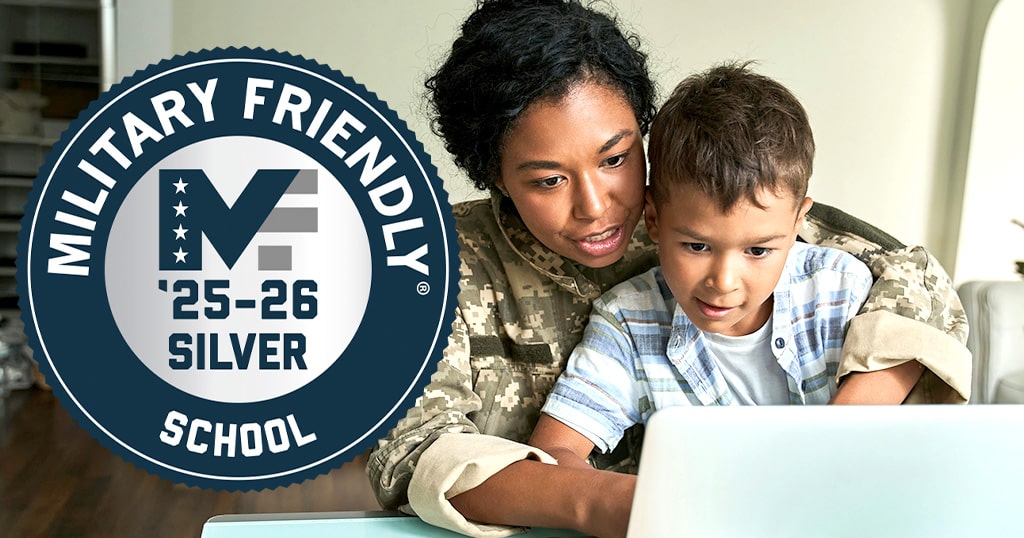
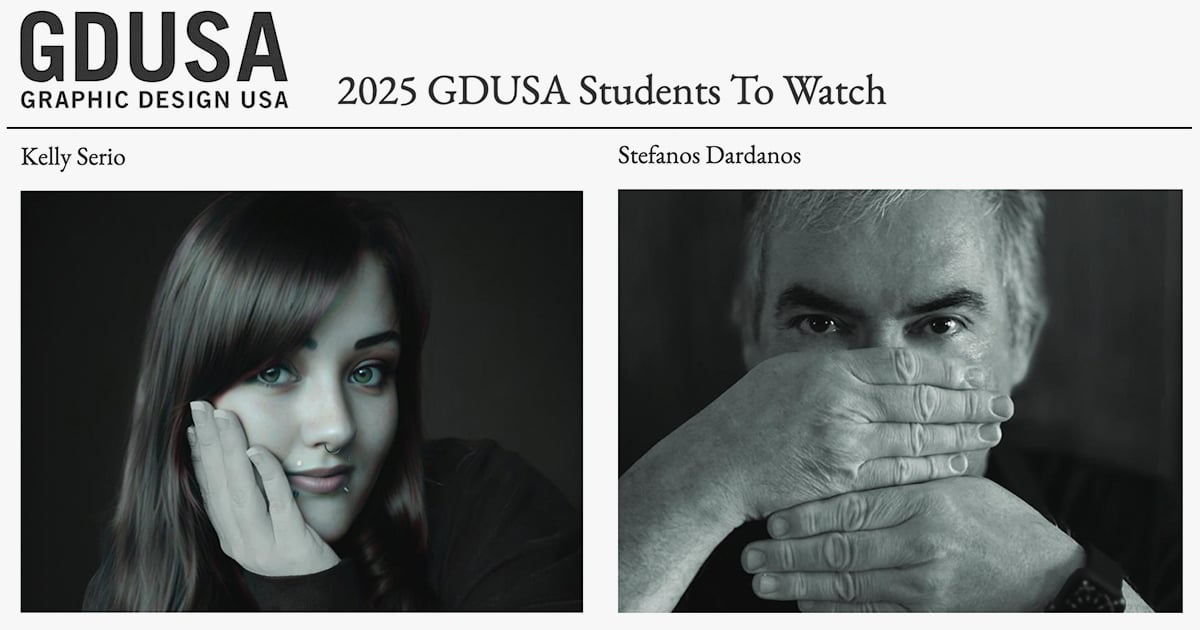
 What Photoshop’s new AI Tools Mean for the Creative Community
What Photoshop’s new AI Tools Mean for the Creative Community
 Gaining Confidence and Working with Clients
Gaining Confidence and Working with Clients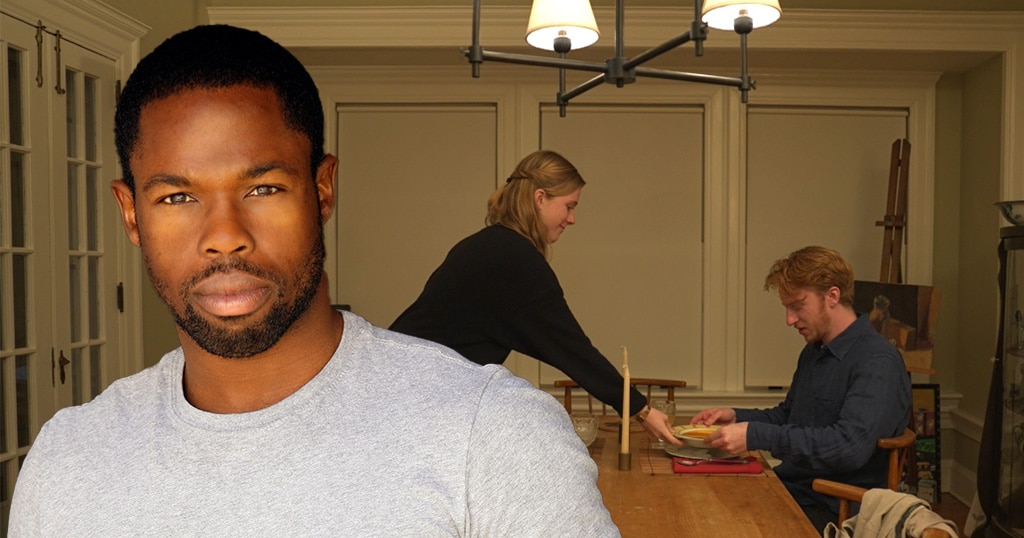 Exploring the Artistry of Filmmaking
Exploring the Artistry of Filmmaking